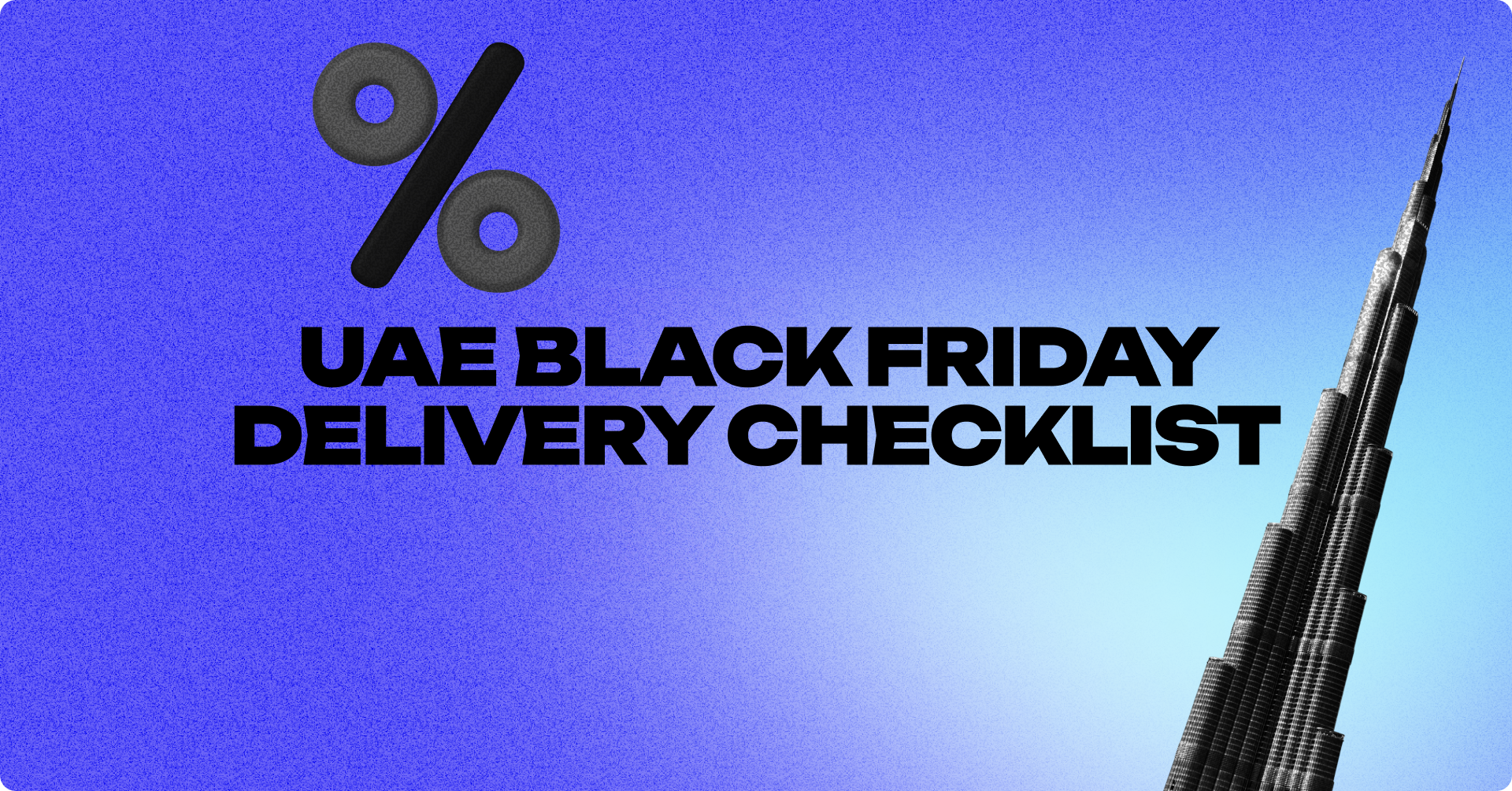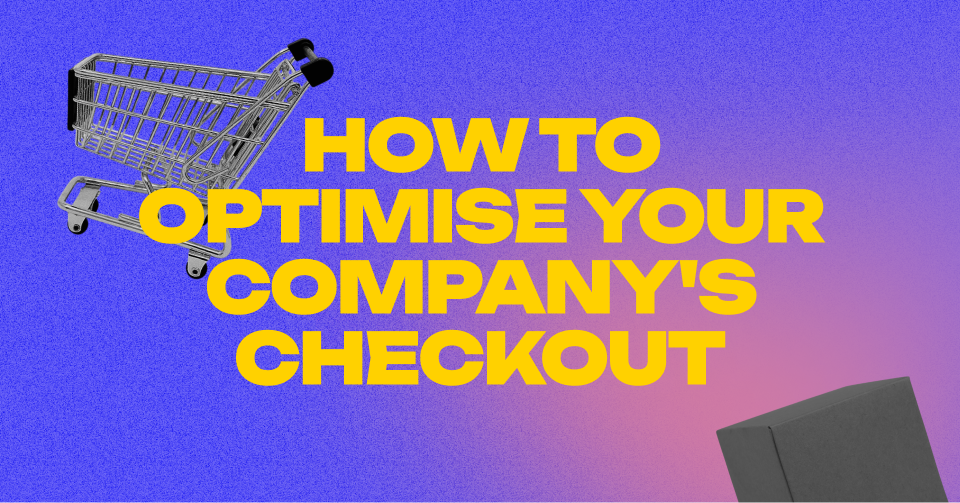Same-Day Electronics Delivery UAE: The 2025 Logistics Playbook

The benchmark for customer satisfaction in electronics retail has shifted from “next-day” to “same-day.” Today, shoppers ordering a 65-inch TV at breakfast expect it delivered and ready to stream by dinner. In the UAE, where the consumer-electronics market is projected to reach USD 25.8 billion by 2030 at a 7.7 percent CAGR, mastering same-day electronics delivery is the fastest route to wallet share and loyalty. Yet enabling lightning-fast fulfilment for gadgets, laptops, and large appliances requires strict compliance with lithium-ion regulations, robust damage-prevention protocols, and professional, on-site installation services.
1. Market snapshot
- Rapid growth: The UAE consumer-electronics market is on track to expand from roughly USD 20 billion today to USD 25.8 billion by 2030 at an annual growth rate near 7.7 percent.
- Leading vendors: Sharaf DG has set the standard by offering both same-day and next-day delivery across all emirates, prompting competitors to follow. If you need the same speed speak to a Quiqup expert.
- Parcel profile: Average packaged appliances weigh approximately 21 kg, it is heavy enough to demand tail-lift vans and two-person crews for safe handling.
- Return dynamics: Electronics enjoy a relatively low online return rate of around 8 percent, but each returned TV or fridge carries a high handling and restocking cost.
2. Regulations & compliance
- Lithium-ion battery transport: Any shipment containing batteries above 100 Wh must be handled as Class 9 dangerous goods. Couriers require IATA or ADR awareness certification, each package must display standardized “lithium battery” hazard labels, and recalled or damaged batteries are restricted from air transport and must move by road with spill-response equipment.
- Customs duties and documentation: Electronics imported into mainland UAE incur a 5 percent import tariff unless shipped from a free-zone stock location. Appliances valued over AED 1 000 must carry a valid HS code and voltage compliance labels approved by DEWA or ADDC. Pre-cleared mainland inventory is essential for same-day promise viability.
- E-waste take-back: Under Cabinet Decision No. 111/2023, retailers must offer a “take-back” service for old appliances. Couriers collecting end-of-life equipment must wear appropriate PPE and issue a digital transfer note to a licensed recycling facility.
3. Delivery service
- Warehouse zoning:
- Dubai South cross-dock: Ideal for high-velocity imports from air and sea, with rapid line-haul into urban districts.
- Abu Dhabi (KIZAD) hub: Positioned to serve Al Ain and the Western Region without repeated Salik tolls.
- Micro-fulfilment nodes: Compact 200–400 m² dark stores in key residential clusters for phones, accessories, and small devices.
- Vehicle fleet mix:
- 3.5-ton tail-lift vans for refrigerators, washers, and large-format TVs.
- Electric cargo vans and scooters for smartphones, tablets, and lightweight electronics, reducing tolls and emissions.
4. Cost model
Effective same-day electronics delivery hinges on managing five core cost areas:
- Fuel or electricity: Varies by vehicle type and route length.
- Labour: Driver and porter wages, plus any overtime or peak-hour premiums.
- Toll charges: Salik and other gate fees on multi-stop loops; smart routing can minimise crossings.
- Insurance and damage reserves: Budgeted as a small percentage of each order value to cover accidental breakage.
- Installation labour: Standard white-glove fees amortised into the service or charged separately.
Together, these elements typically represent 8–10 percent of the retail price on a mid-range appliance, balancing speed with profitability.
5. Tech stack checklist
- Order‐management system (OMS): Centralises e-commerce and B2B orders, auto‐splitting multi-item carts by warehouse availability and delivery window.
- Warehouse‐management system (WMS): Barcode and weight‐check scans prevent incorrect items from shipping; cycle counts maintain inventory accuracy.
- Delivery‐slot scheduler: Real‐time visibility of van capacity lets customers book fixed three-hour windows, boosting conversion and reducing “where’s my order” inquiries.
- Installation app: Guides technicians through checklists, syncs with connected devices for proof of power-on, and auto-registers warranties.
- Live‐tracking and API webhooks: Pushes ETA updates, allows one-tap rescheduling, and sends completion confirmations back into CRM or ERP systems.
6. FAQs
1. How do you handle stair carries in buildings without freight elevators?
An on-site survey call determines feasibility; crews add a modest per-floor fee and use padded lifting straps to protect walls.
2. What are the rules for shipping lithium‐battery‐powered devices?
Devices under 100 Wh ship as standard parcels; larger batteries require Class 9 handling with hazard labels and certified couriers.
3. Can I offer cash‐on‐delivery for expensive electronics?
Yes, many retailers cap COD at AED 5 000 and equip riders with portable card terminals to minimise cash float risk.
4. How does reverse logistics differ for appliances?
With an 8 percent return rate, holding 20 percent of van capacity for pick-ups and requiring original packaging or a repack fee keeps the process efficient.
5. What sustainability measures work for fast appliance delivery?
Electric vehicles, recyclable honeycomb cardboard, and mandatory e-waste collection certificates each reduce carbon footprint and align with regulatory goals.
Conclusion
Speed, safety, and service define the new battleground in electronics retail. From lithium-ion compliance to white-glove installation, only tightly integrated tech and logistics networks can deliver washing machines, TVs and gaming rigs on the same day customers click “buy.” Start delivering with Quiqup to hit these service levels.
.png)









